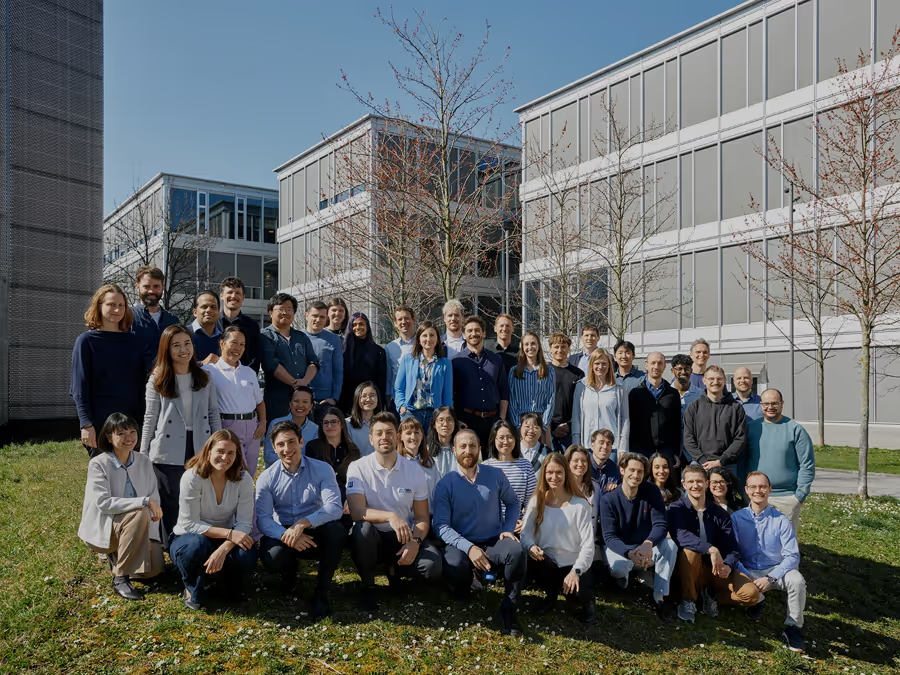MaxWell Webinar with Chengyong Jiang and Yiheng Wang
Tuesday, December 2nd, 2025 | 10:00 CET
01:00 PDT | 04:00 EDT | 17:00 CST | 18:00 JST
Webinar Hightlights
- How HD-MEAs are used to record and characterize photoelectric activity from tellurium nanowire retinal nanoprostheses across visible and near-infrared wavelengths.
- Preclinical use of HD-MEAs to link implant-evoked retinal and cortical activity with restored light sensitivity and behavior in blind animal models.
- Application of HD-MEAs for large-scale ex vivo retinal recordings, capturing population activity from thousands of neurons for visual scene reconstruction.
- Using HD-MEA–based datasets and analysis pipelines to evaluate and optimize visual prostheses and to inspire next-generation artificial visual systems.
The webinar covered
- How HD-MEAs can record and characterize photoelectric activity from tellurium nanowire retinal nanoprostheses across visible and near-infrared wavelengths.
- Preclinical use of HD-MEAs to link implant-evoked retinal and cortical activity with restored light sensitivity and behavior in blind animal models.
- The use of HD-MEAs for large-scale ex vivo retinal recordings, enabling population-level monitoring of thousands of neurons for visual scene reconstruction.
- How HD-MEA–generated datasets and analysis pipelines can be used to evaluate and optimize visual prostheses and guide the design of advanced artificial visual systems.

Agenda
Applications of HD-MEA in Visual Restoration and Reconstruction
Abstract
Introduction: Augmentation of vision has been challenging due to the minimally invasive and sensitive requirements for sighted people. Restoring blindsight while achieving augmentation is an ideal option, and retinal nano-implant emerged as a successful treatment for blind patients.
Materials & Methods: Through rational design and engineering of material distribution, bandgap, interface and intrinsic asymmetry effects, we fabricate and test a retinal nanoprosthesis using tellurium nanowire networks (TeNWNs) for spontaneous efficient photovoltaic conversion in both visible and infrared range, with a medically-feasible invasive rationale for broadband sensitivity. The Multielectrode Arrays (MEA) was used to record and reconstruct the photoelectric signals generated by the TeNWNs under light illumination.
Results & Discussion: Photocurrents from TeNWNs in 635, 940, and 1550 nm bands can elicit photoresponses in retinal ganglion cells and visual cortical neurons of blind mice, enabling them to regain both sub-conscious photosensitivity and conscious light-driven learning behaviors under visible and invisible near-infrared light. Meanwhile, electroretinogram potentials in the visible and NIR range were observed in the retinas of Macaca fascicularis implanted with TeNWNs. The biocompatibility and safety of implants were further evaluated over multi-weeks.
Conclusions: The preclinical validation of TeNWNs in blind mice and primate models enables an encouraging step towards restored visible and augmented infrared-band vision for blind patients receiving retinal implant surgery.
Abstract
The retina, as a critical component of the biological visual system, performs essential computations in visual information processing. Decoding retinal population activity to reconstruct visual scenes not only elucidates fundamental mechanisms of biological vision but also inspires the design of more effective artificial visual systems and provides crucial tools for evaluating and optimizing visual prostheses in blindness. High-Density Microelectrode Arrays (HD-MEA) enable simultaneous high-resolution recording of thousands of retinal neurons, generating the large-scale, high-quality datasets required for accurate and reliable visual reconstruction. This talk will focus on the application of HD-MEA in ex vivo retinal recording, as well as data processing and analysis.
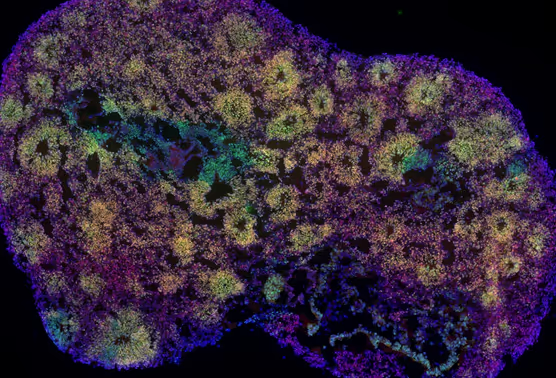
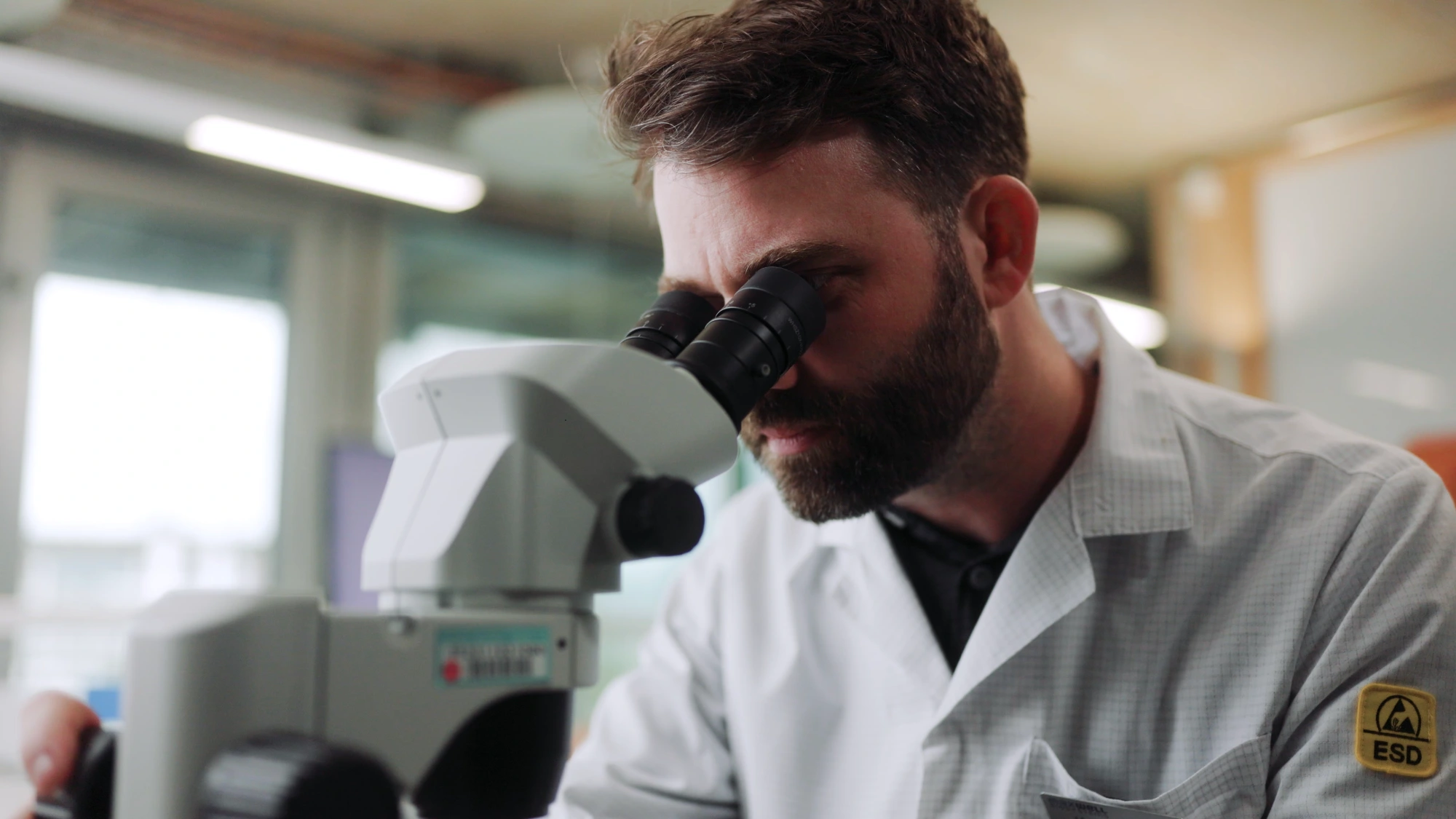
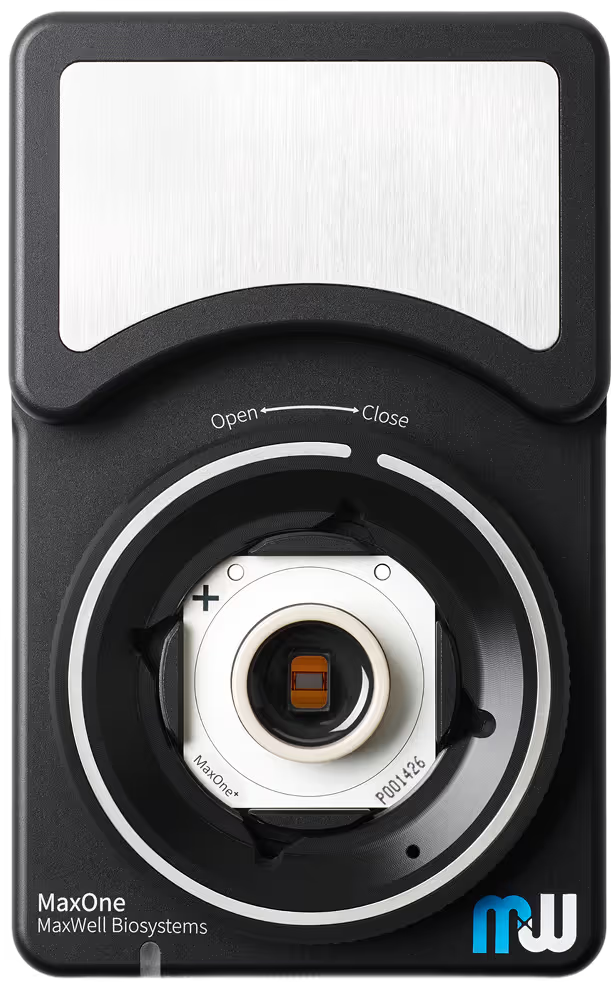
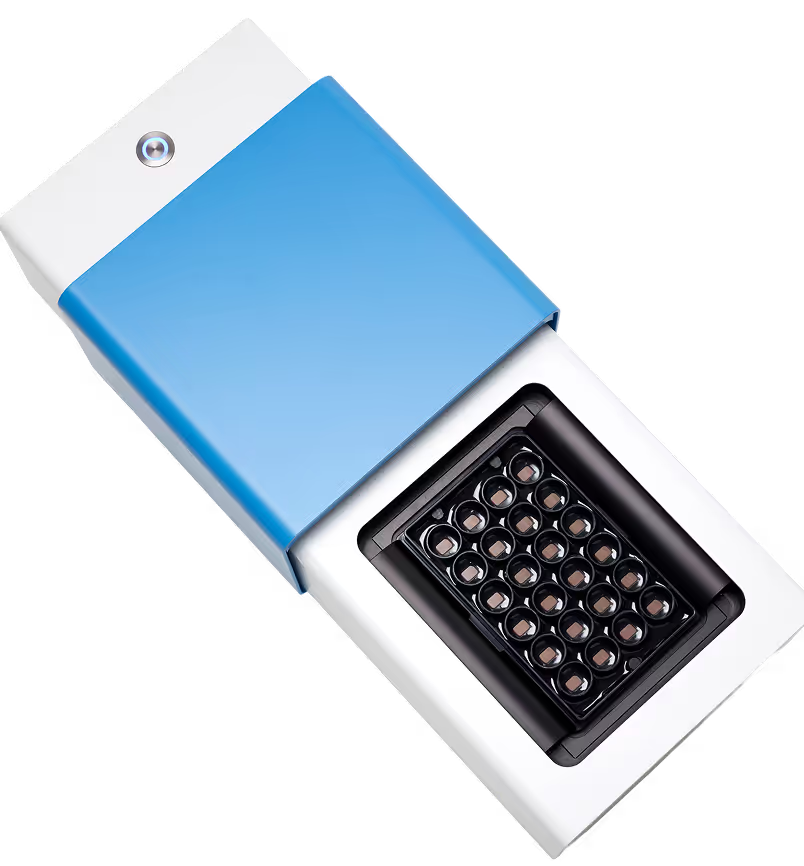




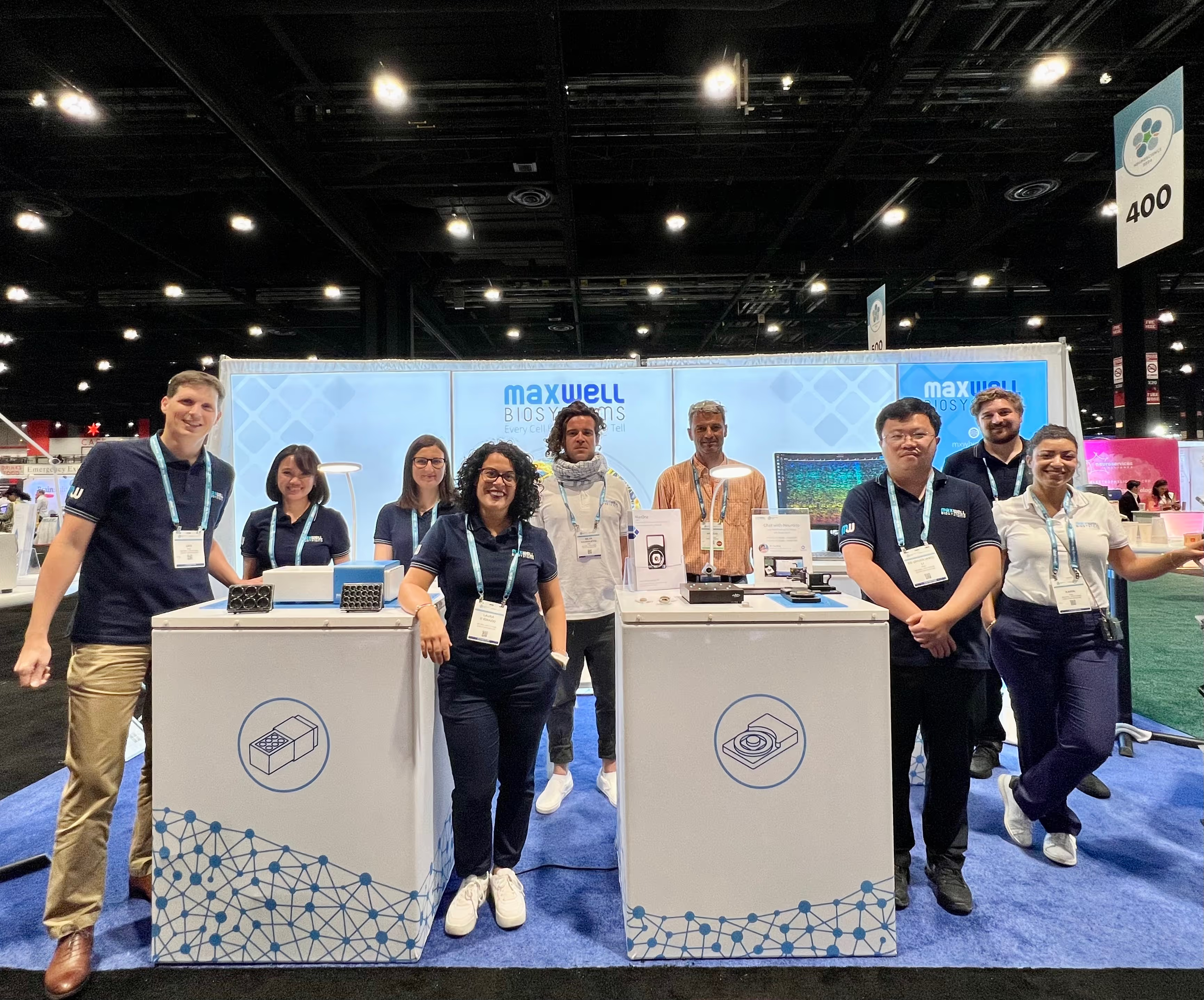
.avif)
